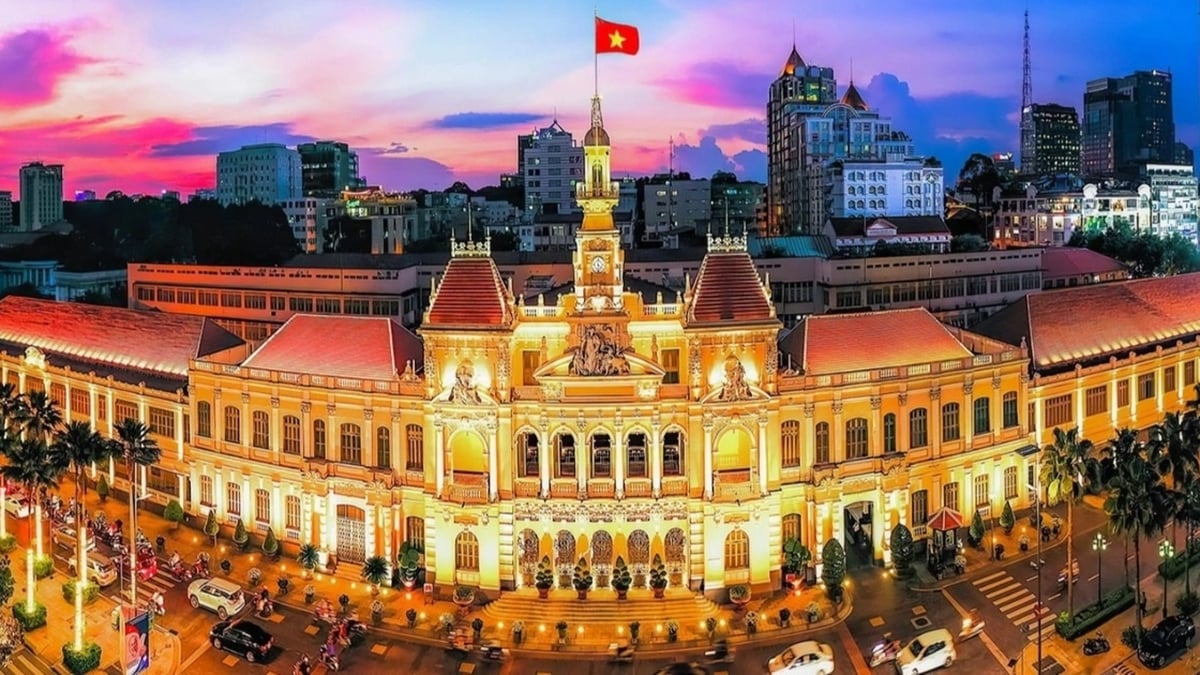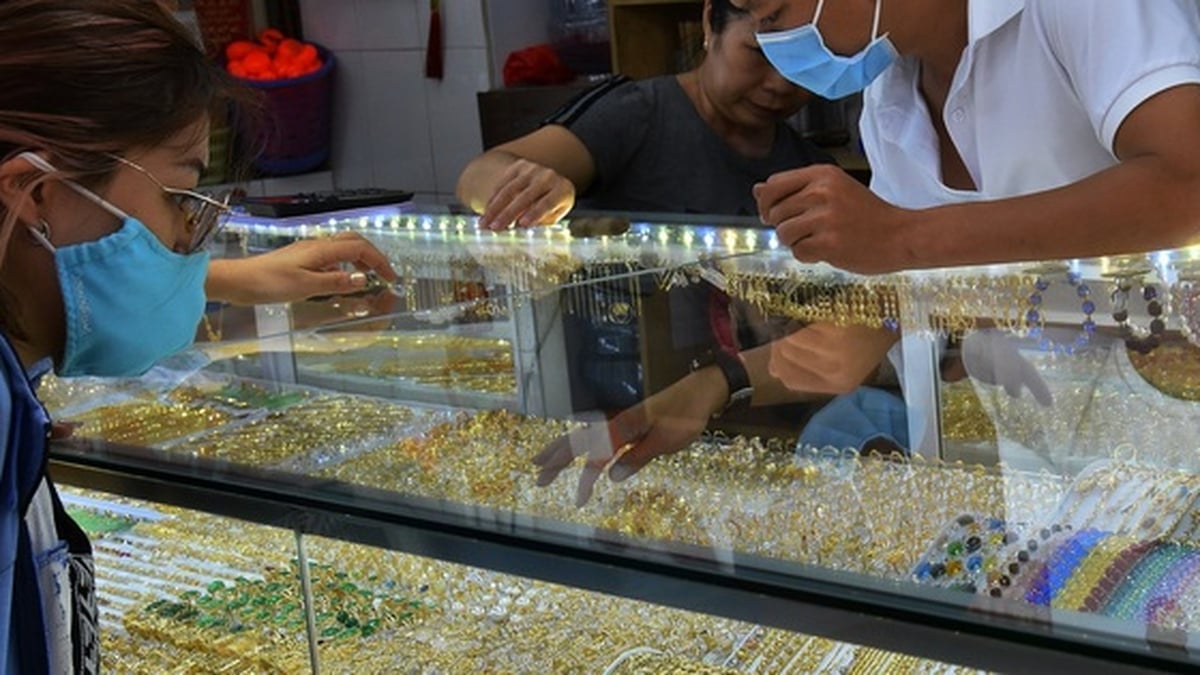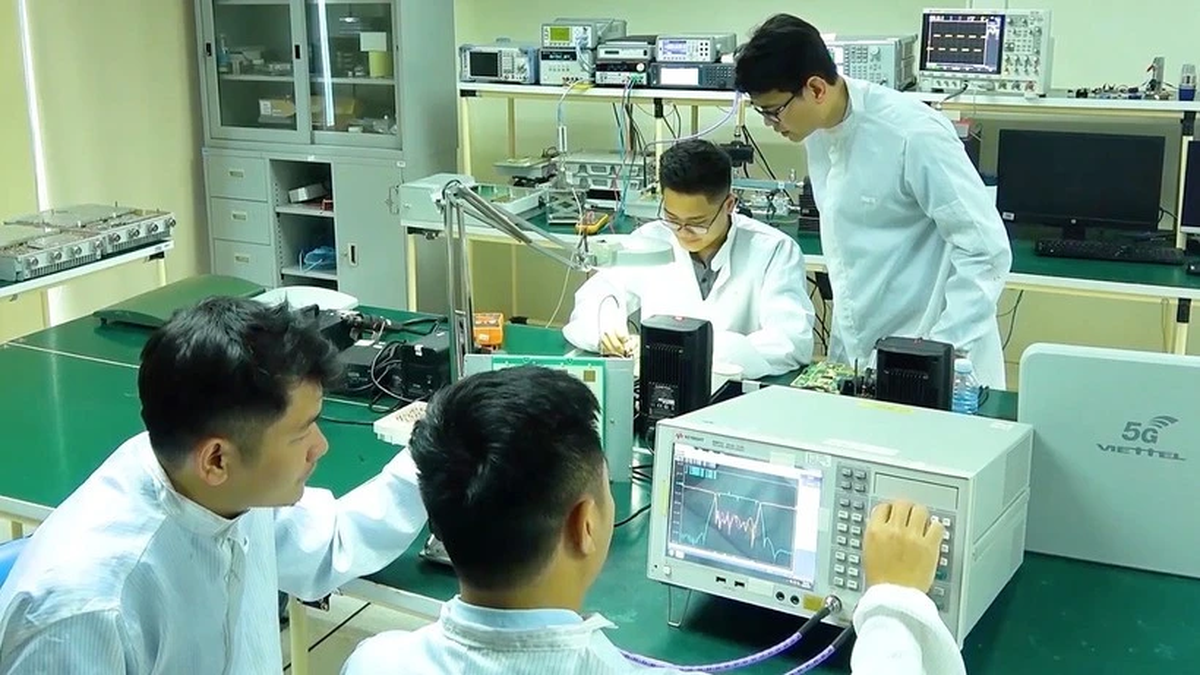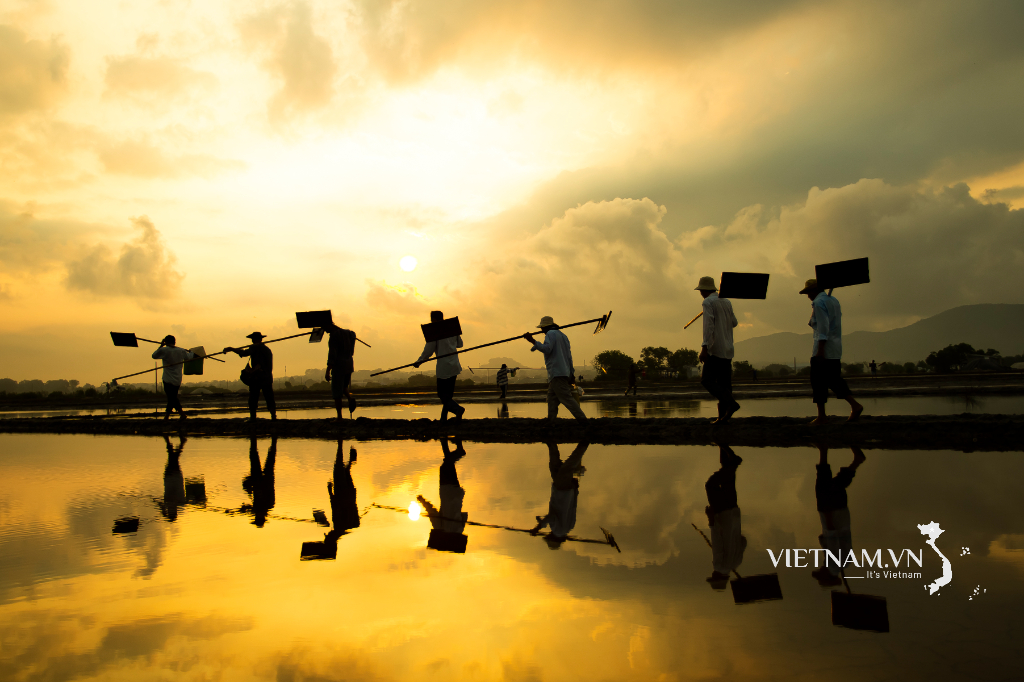The Central Highlands has become the “durian capital” with outstanding output and acreage. However, to maintain its position in the competitive export market, Mr. Nguyen Van Muoi, Deputy General Secretary of the Vietnam Fruit and Vegetable Association (Vinafruit), said that we cannot just pursue quantity.
Developing supply chains and quality control are key to survival in this multi-billion dollar industry.
As the largest durian growing region in the country, in your opinion, what natural advantages does the Central Highlands have to develop this crop sustainably?
The Central Highlands got its start in durian growing later than other growing regions, but is now becoming the capital with leading localities such as Lam Dong and Dak Lak . Lam Dong alone, after merging administrative boundaries, has accounted for about 28% of the growing area, becoming the locality with the largest durian growing area in the country.
The reason for such remarkable development is that this land possesses many favorable natural conditions for durian trees. In particular, the red basalt soil is rich in nutrients and well-drained, very suitable for perennial fruit trees. The Central Highlands has a long dry season, the durian harvest season falls during the time of little rain, helping the fruit to have good quality, less hard flesh, meeting the strict requirements of the export market. In addition, people here are also actively applying clean farming models, aiming for sustainable production, contributing to increasing the value of this specialty crop.
In just the last few years, the area of durian cultivation, especially in the Central Highlands, has increased rapidly. How do you assess this situation?
After Vietnam signed the Protocol on Official Durian Export to China in July 2022, this industry has grown at a "galloping" speed. Export turnover increased from 421 million USD (in 2022) to 3.3 billion USD (in 2024). This is an unprecedented growth rate in the history of the fruit industry. However, it comes with worrying consequences.
The area of durian in the country has exceeded 180 thousand hectares, double the planning orientation to 2030. Despite rapid expansion, the durian value chain lacks synchronization in terms of linkage, quality control and technical standardization. Residue testing is still focused on the final stage, while there is a lack of standard testing rooms in large raw material areas. Another problem is the lack of technology and sustainable production thinking. Many farmers who have just switched to growing durian have not been properly trained and are prone to making mistakes. Combined with the mentality of following the market, when prices fall, being passive and suffering losses is inevitable.
In just the first six months of this year, we have paid the price when we encountered consecutive incidents of cadmium residue and yellow O, causing many containers to be returned. Durian export turnover has dropped sharply, and market share in China has dropped from 40% to less than 10%. This is an expensive lesson in quality management and the ability to respond to the market.
In the context of increasingly fierce competition, what do you think is the fundamental solution for the durian industry to develop sustainably?
International competition is becoming increasingly fierce. China not only imports durian from Vietnam but also opens its doors to many other countries such as Thailand, the Philippines, Laos, Indonesia, etc. In fact, our neighbor has directly invested in raw material areas in Laos to proactively supply. If we do not improve quality, professionalize production and strengthen the connection between entities in the chain, the geographical advantage of being close to China will not be enough to maintain market share.
Therefore, in my opinion, in the immediate future, it is necessary to control planning well, avoid spontaneous expansion of area. In addition, it is necessary to restructure raw material areas associated with processing and primary processing centers. More importantly, it is necessary to tighten technical standards, trace origin, and improve the capacity to respond to quality incidents. The chain of links between farmers - cooperatives - enterprises also needs to be reconstructed in the direction of harmoniously sharing benefits and risks. In the future, investing in deep processing will be a strategic direction, helping to reduce pressure on fresh consumption and increase export value.
If developed in the right direction, can durian become one of the key economic sectors of the Central Highlands, sir?
Durian is gradually asserting its role as a key crop of the Central Highlands, alongside coffee and pepper. However, for this crop to truly reach out and develop sustainably, we cannot only look at output. We need a systematic strategy from planning growing areas, improving techniques, strengthening chain links to controlling output quality. Only when we can transform from spontaneous production to organized production, with a long-term vision and accompanying the market, will durian truly become a key economic sector, making a strong contribution to the development of the Central Highlands agricultural economy .
Thank you very much!
Source: https://baolamdong.vn/khong-the-trong-nhanh-ban-voi-382624.html




































































































Comment (0)